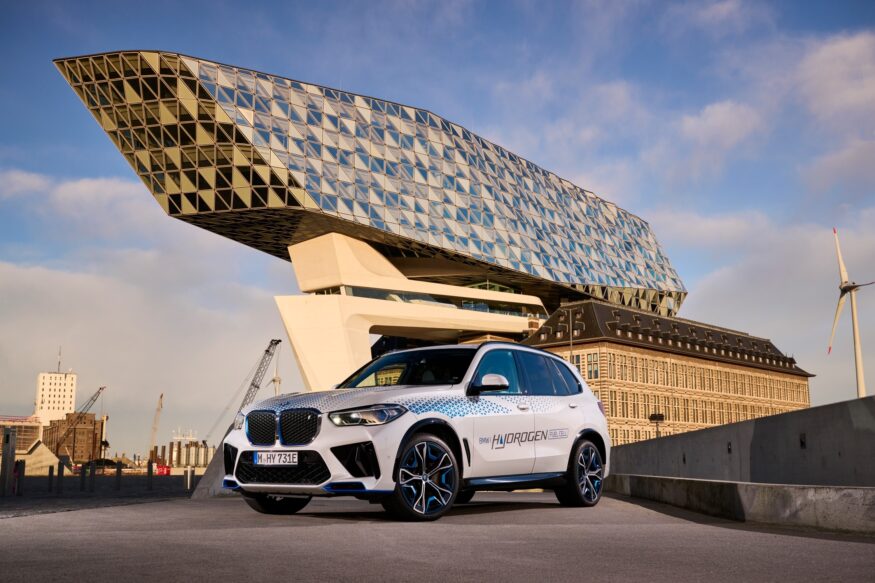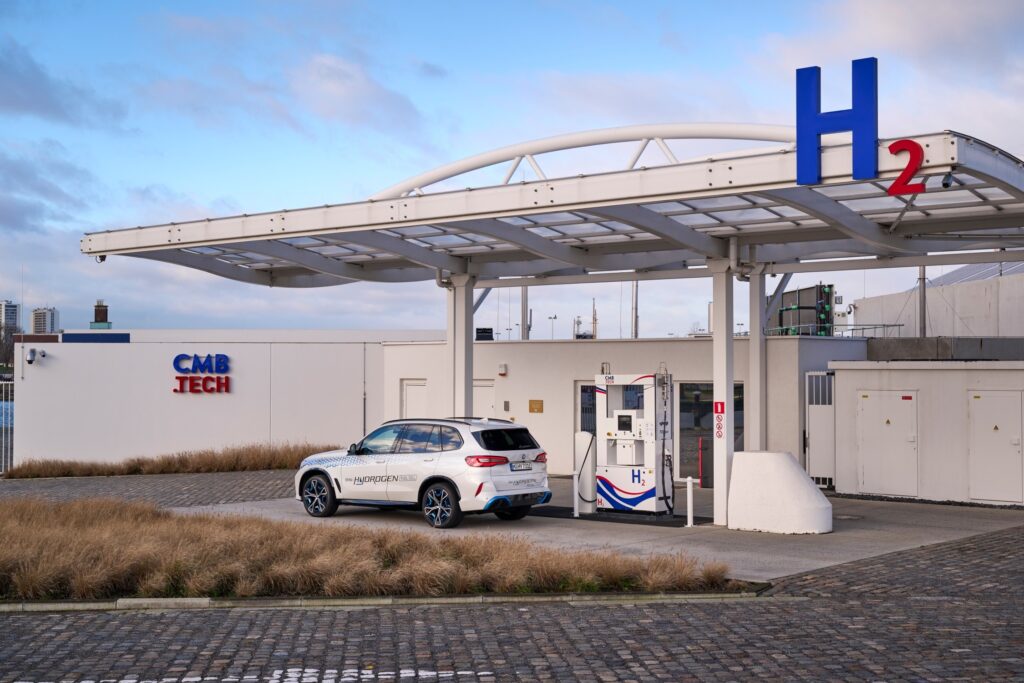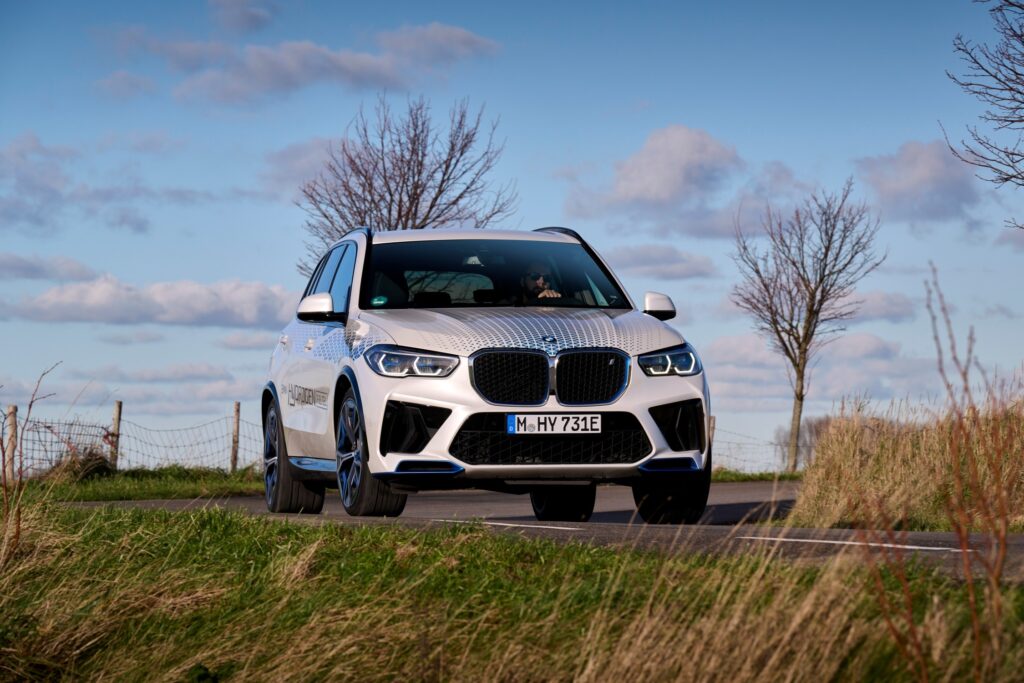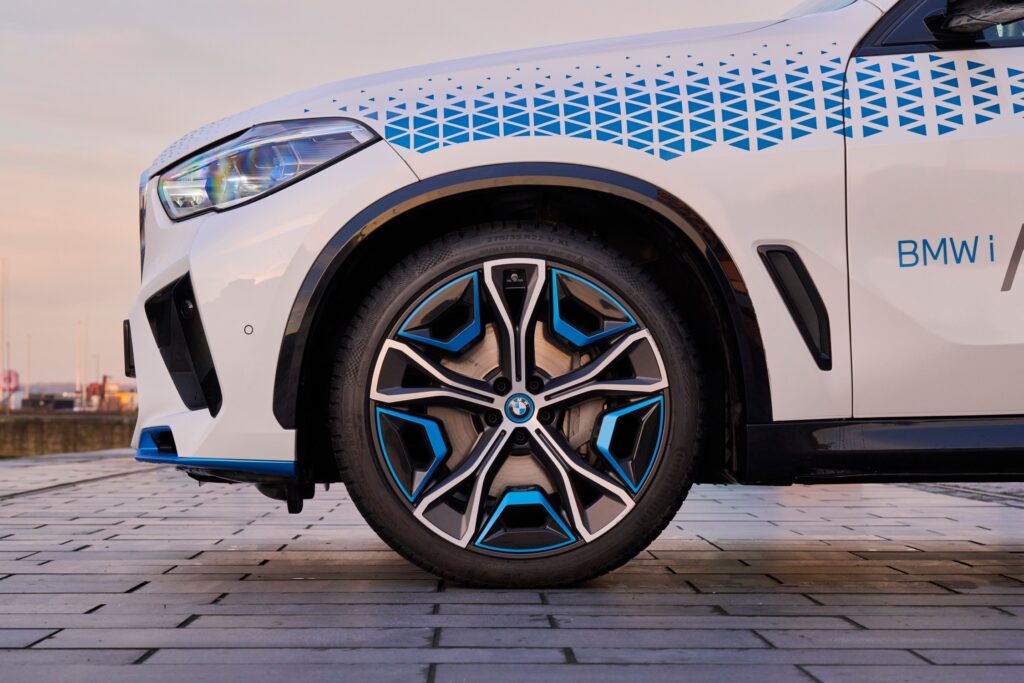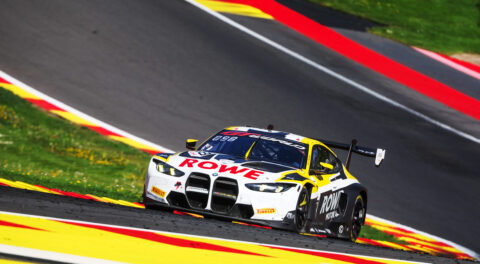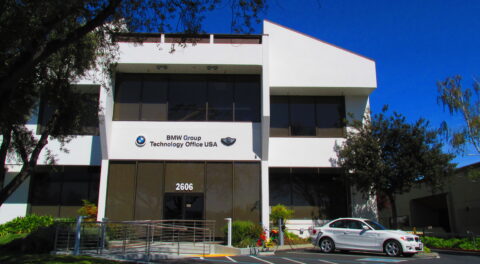BMW’s announcement about the upcoming launch of the iX5 Hydrogen pilot fleet got me thinking. No, I wasn’t taking another hydrogen-powered trip down memory lane, but instead I asked myself, “If I was in the market for an alternative-powered vehicle, and vehicle availability, supporting infrastructure, and price were all equal between hydrogen and electric-powered options, would I choose a hydrogen or electric?”
It’s a tough question because, like many things, there are tradeoffs. Though, as technology continues to improve, we’ve seen the tradeoffs and gaps become less so. If I’m still operating under the premise of supporting infrastructure being equal, how much would refueling/charging time factor into my decision? Charging an EV can take a while, while, according to BMW, topping off an iX5 Hydrogen only takes three to four minutes.
How about refueling/charging convenience? I can charge an EV at my house, but I don’t have a hydrogen refueling station there. Range seems similar as an iX5 Hydrogen has an expected range of 313 miles. Depending on the weather (colder temperatures will lower an EV’s range), a current i4 eDrive40 could nearly match that.
And performance? Certain EVs, like the i4 M50, are rocket ships with 536 horsepower and 3.3-second runs to 60 mph. However, the iX5 Hydrogen is no slouch with a combined overall drive system output of 401 horsepower and a sub-six-second zero-to-sixty time. If BMW made an M-labeled hydrogen-fuel-cell vehicle, I’m sure it would be a competitor.
BMW has been pursuing hydrogen power since the 1970s, and while it certainly hasn’t been a mainstream option for the public, it has taken a large step in that direction with the iX5 Hydrogen’s development and the launch of nearly 100 iX5 Hydrogens for international demonstration. With almost 50 years of research it’s clear that BMW still thinks hydrogen has a place in the global market. Chairman of the Board of Management of BMW AG says, “Hydrogen is a versatile energy source that has a key role to play in the energy transition process and therefore in climate protection. After all, it is one of the most efficient ways of storing and transporting renewable energies.” He continues, “We should use this potential to also accelerate the transformation of the mobility sector. Hydrogen is the missing piece in the jigsaw when it comes to emission-free mobility. One technology on its own will not be enough to enable climate-neutral mobility worldwide.”
If you care to delve into the inner workings of a previous generation of BMW hydrogen technology, Sreten Milisavljevic of M539 Restorations got ahold of a BMW hydrogen prototype V12 engine from their E38 7 Series fleet and tore it down for one of his projects. This prototype V12 engine was a hybrid in the sense that it could run on either gasoline or hydrogen, whereas the iX5 Hydrogen runs solely on hydrogen, but uses “fifth-generation BMW eDrive technology (the electric motor, transmission, and power electronics are grouped together in a compact housing) at the rear axle and a power battery with lithium-ion technology,” per BMW.
The fuel cell systems for the iX5 Hydrogen pilot fleet are assembled at BMW’s in-house competence center for hydrogen in Munich. The fuel cells themselves are sourced from Toyota, as the two manufacturers have been working together closely on fuel cell drive systems since 2013.
What happens in these fuel cell systems? BMW explains, “A chemical reaction takes place in the fuel cell between gaseous hydrogen from the tanks and oxygen from the air. Maintaining a steady supply of both elements to the fuel cell’s membrane is of crucial importance for the drive system’s efficiency. In addition to the technological equivalents of features found on combustion engines, such as charge air coolers, air filters, control units and sensors, the BMW Group also developed special hydrogen components for its new fuel cell system. These include the high-speed compressor with a turbine and high-voltage coolant pump, for instance.” The fuel cells generate a continuous output of 170 horsepower. Factor in the previously mentioned eDrive technology for the peak system output of 401 horsepower.
So, maybe hydrogen versus electric isn’t an ongoing battle to see which comes out on top. It’s not a Betamax versus VHS or HD DVD versus Blu-ray situation, where one of the competing technologies gains public adoption and renders the other obsolete. They’re technologies that can complement each other, as we can see in the iX5 Hydrogen’s drivetrain. —Mike Bevels
[Photos courtesy of BMW.]

